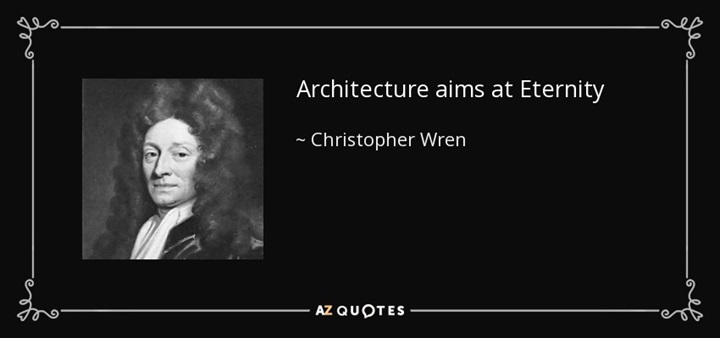Desert Research Institute
- Home Page 44

Well Water
This content is accessible to paid subscribers. To view it please enter your password below or send mike@standardsmichigan.com a request for subscription details.
Fruit Pie Fillings
https://extension.psu.edu/lets-preserve-fruit-pie-fillings
https://extension.psu.edu/lets-preserve-apples
“All People That On Earth Do Dwell”
This hymn traces back to the 16th century; also known as “The Old Hundredth”. The hymn first appeared in the Anglo-Genevan Psalter, a collection of psalms and hymns used by English-speaking Protestant congregations in Geneva and later in England. The tune is credited to Louis Bourgeois, a French composer and music editor who collaborated on the Genevan Psalter. The psalter was influenced by the work of John Calvin and other Reformed theologians.
History of Western Civilization Told Through the Acoustics of its Worship Spaces
Schools turn to prefabricated classrooms to create space quickly
CBC News (The National): Canada is challenged by a surge in asylum seekers from failed nations entering irregularly via the U.S. border or overstaying visas, straining public services amid a housing crisis. With 57,440 asylum claims in early 2025—up 22% from 2024, including 5,500 from international students—overcrowded schools in provinces like Ontario and British Columbia face acute shortages, especially for English-language programs.
To address this, jurisdictions are deploying modular prefabricated school buildings as a rapid, cost-effective solution. These portable yet permanent structures, like those at B.C.’s David Cameron Elementary, add capacity for 190+ students in months, easing enrolment pressures without long construction delays.
National Building Code of Canada 2020
British Columbia School Building Construction
Problems pic.twitter.com/2BwBOu30Jd
— GreatLakesLady (@GreatlakesladyM) October 6, 2025
Canadian Parliament Debate on Standards Incorporated by Reference
A117.1 Accessible and Usable Buildings and Facilities
This content is accessible to paid subscribers. To view it please enter your password below or send mike@standardsmichigan.com a request for subscription details.
Beef Stew and Buttermilk Biscuits
This content is accessible to paid subscribers. To view it please enter your password below or send mike@standardsmichigan.com a request for subscription details.
Perfect your omelette
A commercial kitchen is a kind of laboratory
Fried chicken with sweet sauce and cabbage, mid sized portion of rice, okra with mustard and shredded chicken, sweet egg omelette with waffles and cream at Ritsumeikan University in Kyoto, Japan 🇯🇵
💶 752yen (~5,25€) pic.twitter.com/4jKnpNrQEy
— Mensa Scran (@MensaScran) October 30, 2022
New update alert! The 2022 update to the Trademark Assignment Dataset is now available online. Find 1.29 million trademark assignments, involving 2.28 million unique trademark properties issued by the USPTO between March 1952 and January 2023: https://t.co/njrDAbSpwB pic.twitter.com/GkAXrHoQ9T
— USPTO (@uspto) July 13, 2023
Standards Michigan Group, LLC
2723 South State Street | Suite 150
Ann Arbor, MI 48104 USA
888-746-3670















